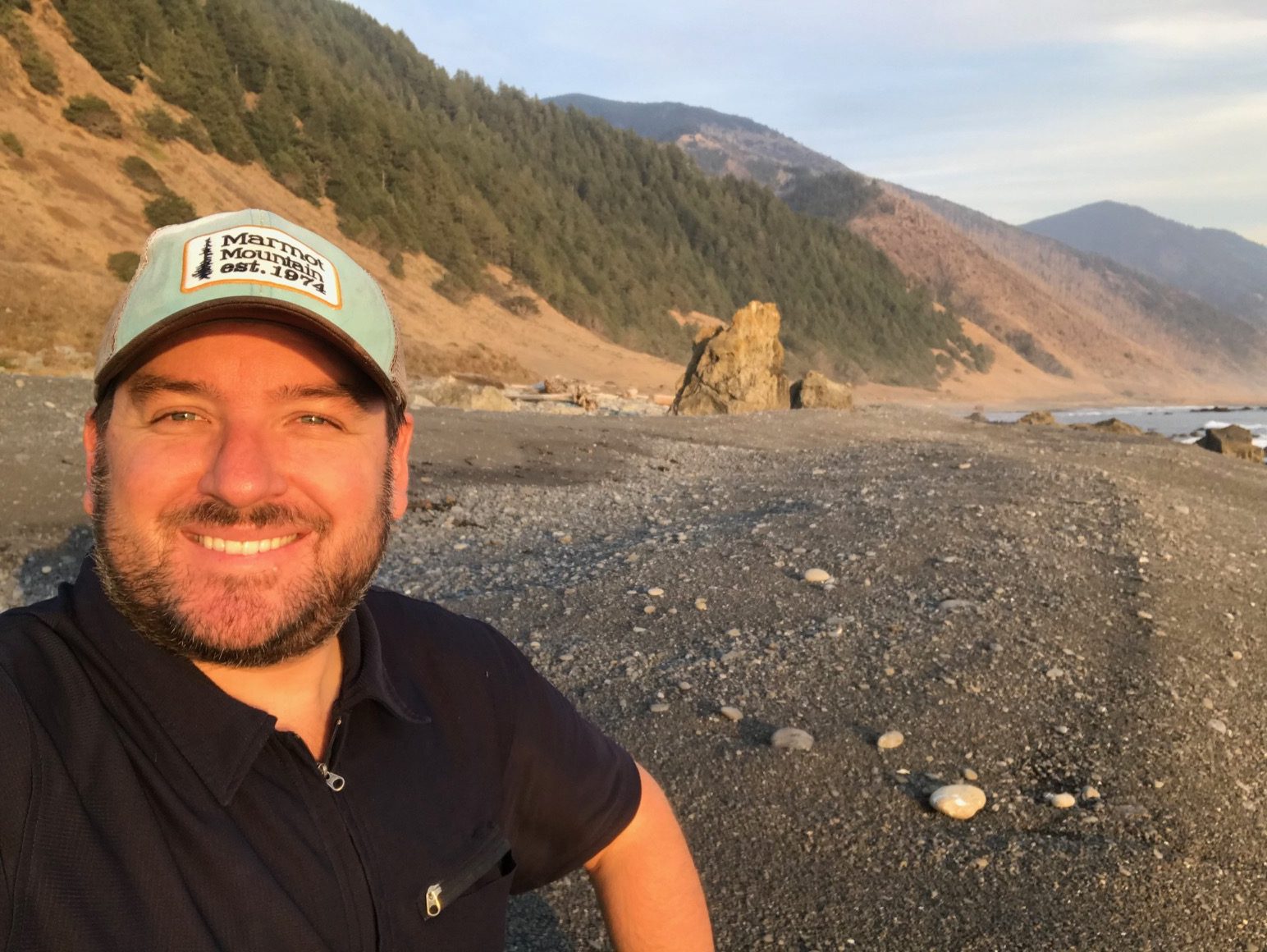26 March 2018
Building a scicomm program from the salt marsh up
Posted by Shane Hanlon

Me at Lost Coast, CA.
By John Meyer
As a scientist whose research required lying face-down in muddy salt marshes to search for itty-bitty marine snail eggs, I was often asked by casual onlookers, “Why the heck are you doing THAT?”
That question stretched my mind to think about how my work related to something more tangible and valuable in people’s lives; did my research, for example, help ensure the flow of nutritious and abundant seafood that we all love?
I had to connect my work to something people cared about.
Those early years helped shape how I communicate science with numerous audiences. Today, I oversee a science communication program at the University of Washington College of the Environment. I am proud of the program we have built, but it did not happen overnight, nor did it happen by chance. This is how we did it.
Our Approach
Spearheaded by our dean, Lisa Graumlich, we convened a task force made up of scientists and asked them a simple question: how can we empower and support science communication at our institution?
The process culminated in final recommendations that emphasize three main areas:
- Provide opportunities for communicators to build community and connect
- Offer tools, trainings and resources to do the job right
- Support scientists in engagement opportunities
Everything we do maps to these areas. We’ve held ten quarterly science communication discussions, coupled with happy hour and plenty of time to mix and mingle. We offer an annual all-day senior scientist training—nearly a quarter of our faculty have attended—as well as numerous other trainings for postdocs, grad students and research staff. We’ve launched a college-wide science communication newsletter. We offer assistance when our scientists prepare for a meeting with stakeholders, journalists, legislators or others where help and coaching is warranted. This is just a snapshot of the suite of services we provide.
Keys to Success
Three items stand out as keys to success:
- Support from leadership: the dean, associate deans, marketing and communications director and others actively support this work, and its importance is underscored in college-level strategic planning
- Faculty and staff partnerships: our academic partners help us fine-tune our approach to meet the needs of different college communities
- Collaborations with communications professionals: marketers and communicators bring deep scholarship and practice that strengthens our strategy and tactics
This formula has proven successful and allows us to continually expand our support in ways that are valuable throughout the college.
-John Meyer is the associate director of science communication at the University of Washington College of the Environment.


 The Plainspoken Scientist is the science communication blog of AGU’s Sharing Science program. With this blog, we wish to showcase creative and effective science communication via multiple mediums and modes.
The Plainspoken Scientist is the science communication blog of AGU’s Sharing Science program. With this blog, we wish to showcase creative and effective science communication via multiple mediums and modes.